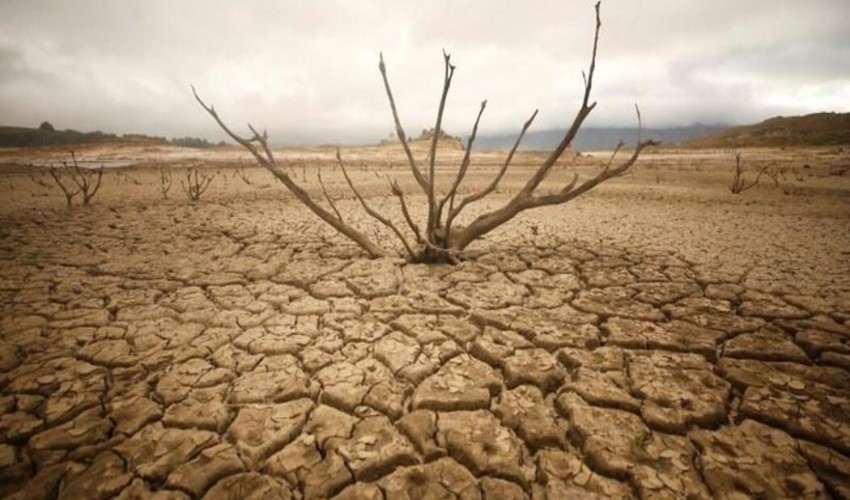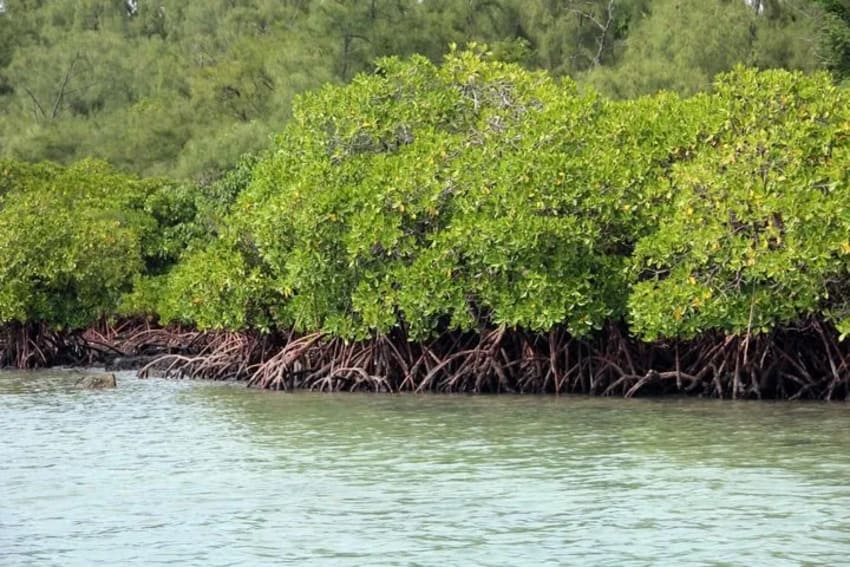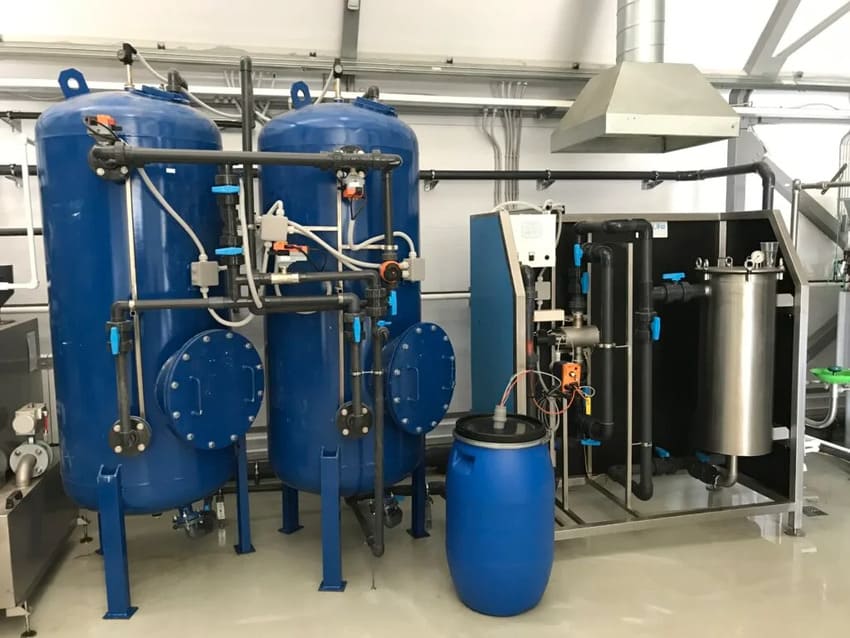Environment Science and technology
9
With changing climate, global lake evaporation loss larger than previously thought
- Rating
- lakes reservoirs
- water lakes
- average lake
- natural lakes
Mounting up Lake Mead's rocky coastline, the Statue of Liberty-sized white mineral ring seems like it's scurrying up the cliff face. As the country's biggest reservoir, it is fast drying up.
Due to increasing temperatures, less rainfall, and a changing environment, it is critical that those in charge of water management have the most up-to-date information possible.
Global lake evaporation volume (GLEV) dataset was generated by researchers at Texas A&M University, led by Dr. Huilin Gao, an associate professor of civil and environmental engineering in the Zachry Department of Civil and Environmental Engineering. It uses modelling and remote sensing to offer the first long-term monthly time series for 1.42 million individual natural lakes and man-made reservoirs globally.
Nature Communications was the journal where the results were published. More than 87% of fresh surface water in liquid form is held in lakes, both natural and man-made (i.e., reservoirs). Despite the large amount of water evaporated from these worldwide lakes, nothing is known about their geographic distribution or long-term trend.
Researchers found a 3.12 cubic kilometre per year rise in long-term average lake evaporation volume between 1985 and 2018. According to the data, the evaporation rate has risen by 58%, lake ice covering has reduced by 23%, and the surface area of the lake has grown by 19% during the last decade. Evaporation volume rather than evaporation rate should be the key metric used to analyse climate change effects on lake systems according to the study's findings.
Lake evaporation is 15% bigger than previously thought, according to lead author Dr. Gang Zhao, a former Texas A&M student who is now a postdoctoral scholar in the Department of Global Ecology at the Carnegie Institution for Science. That lake evaporation contributes more to the hydrological cycle than previously considered is suggested by this finding. 6,715 reservoirs only account for 5% of the water storage capacity and 10% of the surface area of all lakes, according to the GLEV database (both natural and artificial). A total of 16% of evaporation volume comes from reservoirs. Evaporative loss from reservoirs accounts for 20% of world water usage per year. With reservoir evaporative water loss growing at 5.4% annually over the past 33 years, reservoirs are losing more water than all lakes combined have lost in that time period (2.1% globally).
For anyone studying water resources and making decisions, this study will be a great resource when it comes to evaporation loss. In the future, worldwide evaporative loss will be accelerated and further aggravated by global warming, and our results have important environmental, social, and economic ramifications. "From a worldwide viewpoint, total reservoir evaporation may be more than the combined usage of household and industrial water. Few lakes and reservoirs have dependable evaporation statistics even in the United States.
Researchers claim that realistic water and energy resource estimates can't be established until the volumetric evaporation loss for each of the millions of worldwide lakes can be precisely quantified. Researchers and policymakers alike will benefit from this dataset, which is freely accessible online.
"GLEV can substantially assist reservoir management decisions throughout the globe, particularly amid growing drought occurrences and population increase," Gao added. As a result of this collection, scientists can better comprehend the role these water bodies play in Earth systems, from global weather forecasting to flood and drought modelling to climate change modelling. A roughly $1 million NASA Applied Science project was recently launched by Texas A&M researchers, the Desert Research Institute, and the U.S. Bureau of Reclamation to produce satellite-assisted operational daily reservoir evaporation monitoring and predictions for the West United States. An existing daily reservoir monitoring effort in Texas will be expanded by the group.
Yao Li, a postdoctoral researcher in the civil and environmental engineering department at Texas A&M University, and Dr. Liming Zhou, a professor of atmospheric and environmental sciences at the State University of New York, are also contributors to this study.
NASA, the Department of Energy, and the National Science Foundation are funding this project.
Leave a Reply
Your email address will not be published. Required fields are marked *


